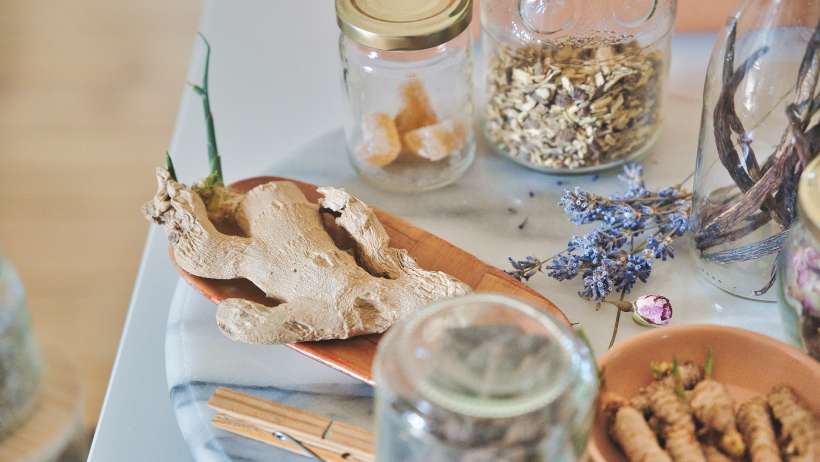When I was pregnant, I couldn’t get myself to eat meat very often; I find this aversion quite common in pregnant women. I made lentils a key source for my protein and iron intake. In Ayurvedic nutrition legumes (known as pulses) are the edible seeds of leguminous plants. They are either peas, beans or lentils and often a part of almost every meal of the day. The protein in legumes is a very different protein from that which is found in meat products, cheese, eggs, and fish. Vegetarian protein from legumes requires some effort to digest due to high fiber content and thus it is very important that legumes are prepared the right way to promote nutrition absorption and easy digestion.
Why are Legumes (Pulses) important?
For vegetarians, beans, dals, and lentils constitute an important source of nutrition—they provide protein, complex carbohydrates, fiber, and vitamins. As versatile as they are tasty, dals and lentils lend themselves to being used to make salads, appetizers, soups, main dishes, sides, and even desserts. They work well with other foods such as grains, vegetables, herbs, and spices. Astringent in taste, Pulses tend to be dry and light. Astringent is one of the 6 tastes of Ayurveda, the one which is often lacking in our diets.
Types of Legumes:
For people experimenting lentils, there are four types of lentils to choose from that come in different colors, all of which have their own taste and benefits. Here are the types of lentils you can consider for your wholesome ayurvedic meals.
• Green lentils have extra minerals, such as iron and magnesium. They are great for salad and take about 45 minutes to fully cook.
• Brown lentils come in a natural shape, and have a taste to match. Like green lentils, brown lentils can be used in nearly the same recipes, and requires about 45 minutes to cook.
• Black lentils are the most nutritious of lentils you can eat. Also known as beluga lentils, black lentils taste great with vegetables and other food items with high amounts of protein. These lentils take around half an hour to fully cook.
• Red and yellow lentils, while two colors, have around the same characteristics inside and out, and can be mixed in with one another for recipes. Red and yellow lentils have a sweet and mild taste to them. They are often used to thicken broth in soups, stews, and purees, and will become very mushy when cooked. They take around 20 minutes to cook entirely.
How best to cooking them?
- Soak: Ayurveda recommends eating beans, dhals, and lentils that are well-cooked for easy digestion. Soaking before cooking, is key in improving digestion and nutrition absorption; soaking allows removal of phytic acid and tannins from the legumes that block absorption of nutrition and cause bloating. Soak time can vary from 4 to 12 hours depending on the legume; a good rule of thumb is 8 hours.
- Use the right spices: Adding spices such as cumin, black pepper, and ginger to dhals and beans helps the process of digestion. I remember growing up, almost all the dals in our house were made with ginger. Another key thing to remember is to avoid adding salt or acidic ingredients like tomatoes or lemon juice until the beans or dhals are cooked.
- Add a piece of Kelp to the boiling lentils and then throw away afterwards. The kelp helps absorb the components which causes a lot of the gas.


